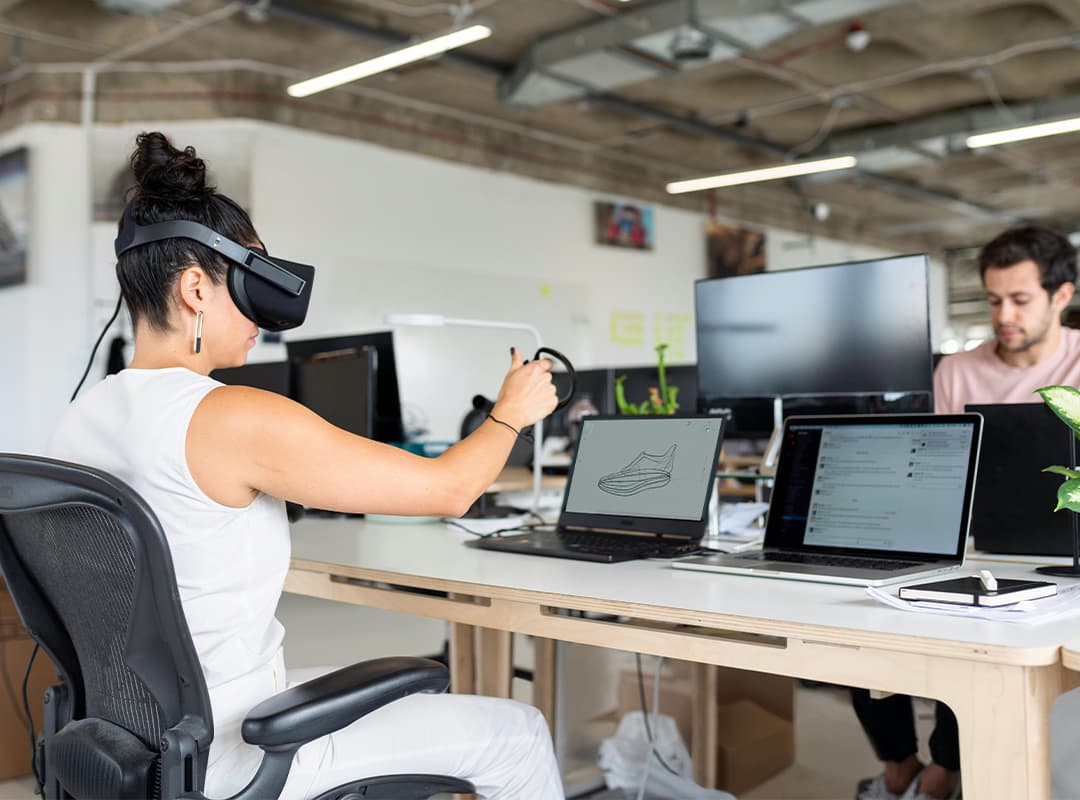3D visualization has revolutionized many fields, and medicine is no exception. The ability to create and analyze three-dimensional images of the human body has provided healthcare professionals with invaluable tools for diagnosis, treatment planning, and patient education. From complex surgeries to educational simulations, 3D imaging has transformed the way doctors approach patient care. In this article, we will explore how 3D images are used in the medical field, highlighting their benefits and applications, and we’ll also discuss the role of panorama tools in enhancing these visualizations.
3D visualization involves the creation of three-dimensional representations of anatomical structures, often derived from two-dimensional medical images such as CT scans, MRI scans, and X-rays. Advanced imaging techniques allow healthcare providers to reconstruct these images into detailed, manipulable 3D models. This transformation enhances the understanding of complex anatomical relationships, leading to better clinical outcomes.
Applications of 3D Imaging in Medicine
- Surgical Planning and Simulation: One of the most significant applications of 3D visualization is in surgical planning. Surgeons can use 3D models to simulate procedures before entering the operating room. By visualizing the patient’s anatomy in detail, surgeons can plan their approach more effectively, anticipate potential complications, and select the most appropriate tools for the job. This level of preparation is particularly valuable in complex surgeries, such as those involving tumors or reconstructive procedures.
- Patient Education: 3D images serve as powerful educational tools for patients. When doctors use 3D visualizations to explain medical conditions, patients can better understand their diagnoses and treatment options. These visual aids can alleviate anxiety and empower patients by making the information more accessible. For instance, a 3D model of a heart can help patients visualize how a specific condition affects their heart function, making it easier to grasp complex medical concepts.
- Preoperative and Postoperative Analysis: 3D imaging allows for detailed analysis before and after surgical procedures. By comparing preoperative and postoperative models, surgeons can evaluate the effectiveness of the surgery, assess healing progress, and make informed decisions about follow-up care. This analysis can lead to improved patient outcomes and enhanced surgical techniques over time.
- Prototyping and Customization: In fields such as orthopedics and prosthetics, 3D visualization enables the creation of custom implants and devices tailored to a patient’s unique anatomy. By utilizing 3D models, medical professionals can design and prototype custom solutions that fit precisely, resulting in improved functionality and comfort for the patient.
- Research and Education: 3D visualization is not only beneficial for clinical applications but also for medical research and education. Researchers can create intricate 3D models to study anatomical structures, develop new treatment techniques, and advance medical knowledge. Medical schools increasingly incorporate 3D imaging into their curricula, allowing students to engage with realistic models of human anatomy, enhancing their understanding and retention of complex information.
The Role of Panorama Tools in 3D Visualization
Panorama tools are essential in the realm of 3D visualization, particularly for creating immersive experiences. These tools allow healthcare providers to create panoramic views of complex anatomical structures, providing a comprehensive perspective that enhances understanding. For example, when combined with 3D imaging, panorama tools can help surgeons visualize not just individual organs, but their relationships within the entire body. This holistic approach can significantly improve surgical outcomes by enabling a deeper understanding of the surgical field.
The integration of 3D visualization into medicine has transformed how healthcare providers diagnose, plan, and execute treatments. By leveraging the power of 3D imaging, doctors can enhance their understanding of complex anatomies, engage patients more effectively, and improve surgical precision. As technology continues to advance, the applications of 3D visualization in medicine will likely expand, paving the way for innovative treatments and improved patient care. The use of panorama tools further enriches these visualizations, enabling healthcare professionals to achieve a comprehensive view of the human body, ultimately leading to better clinical outcomes and enhanced patient experiences.
